Karl Foerster
dannyb
18 years ago
Featured Answer
Sort by:Oldest
Comments (33)
jake
18 years agoRelated Discussions
Karl Foerster feather reed grass
Comments (3)I grow it in the mountains and have no problems. I noticed it prefers moist soils and some afternoon shade according to some sites. It flowers very early in the season. Perhaps it will not do well in times of drought. Here is a link that might be useful: Calamagrostis Karl Foerster...See Morecompanion plant for Karl Foerster - evergreen?
Comments (3)If it'll be planted in front of 'Karl' I'd look into the hundreds of dwarf conifers available. They come in a variety of colors and habits, and go well with grasses. The Conifer Forum right here at GW has an amazing array of photos posted by collectors....See MoreIs this Calamagrostis x acutiflora 'Karl Foerster'?
Comments (2)Not Karl Foerster - the blades of KF are entirely green, no variegation. With the white margins that tint to pink, this is Calamagrostis acutiflora 'Overdam', one of several variegated reed grasses. Doesn't get quite as tall as KF but otherwise very similar....See MoreKarl Foerster Supplier Please
Comments (3)It's a sterile hybrid so not seed grown (watch out for unscrupulous online sellers that will try to hoodwink you with so-called KF seed). And I have never seen any ornamental grass sold bare root.......but guess it could be possible. The most likely availability would be plugs and those are carried by various mail order sources. Just search under that terminology....See Moredannyb
18 years agoTree_Frog
18 years agoPudge 2b
18 years agoPPennypacker
18 years agodannyb
18 years agoblackie57
18 years agoPudge 2b
18 years agojake
18 years agoPudge 2b
18 years agojake
18 years agoblackie57
18 years agojake
18 years agograsses2
18 years agojake
18 years agoblackie57
18 years agojake
18 years agoblackie57
18 years agoPudge 2b
18 years agojake
18 years agolisaann68
18 years agoblackie57
18 years agolisaann68
18 years agoblackie57
18 years agodonn_
18 years agoblackie57
18 years agojake
18 years agodonn_
18 years agolisaann68
18 years agopezhead
18 years agolisaann68
18 years agodannyb
18 years ago
Related Stories
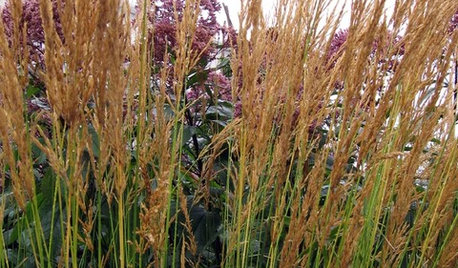
GOLD FOLIAGEGreat Design Plant: Feather Reed Grass
Use this ornamental grass for height, color, texture and motion in your landscape
Full Story
GRASSES10 Ways to Use Ornamental Grasses in the Landscape
These low-maintenance plants can add beauty, texture and privacy to any size garden
Full Story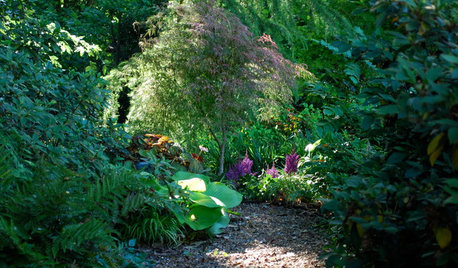
LANDSCAPE DESIGNSet Your Shade Garden Aglow With Light
Invite brightness to the dark corners of your garden for a magical dance you won't want to miss
Full Story
LANDSCAPE DESIGNThe 7 Best Plant Types for Creating Privacy and How to Use Them
Follow these tips for using different kinds of plants as living privacy screens
Full Story
HOUZZ TOURSMy Houzz: Original Drawings Guide a Midcentury Gem's Reinvention
Architect's spec book in hand, a Washington couple lovingly re-creates their midcentury home with handmade furniture and thoughtful details
Full Story
FALL GARDENINGWhy Fall Is the Best Time for Planting
Spring is overrated for planting. Starting plants in autumn has advantages for both garden and gardener
Full Story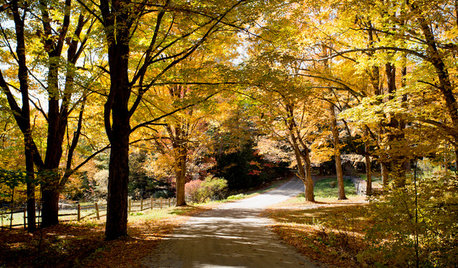
FALL GARDENINGHouzz Call: Show Us Your Autumn Views
Share your pictures of fall foliage and decor in the Comments. Your photos may be featured in an upcoming story!
Full Story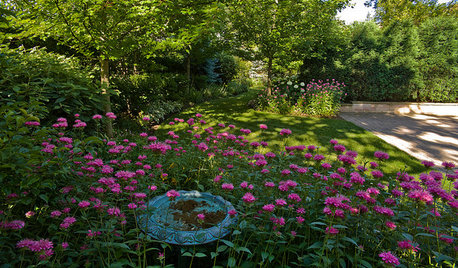
LANDSCAPE DESIGNExuberant Self-Seeders for Gorgeous, Easy-Care Gardens
Keep weeds down, color high and maintenance low with beautful plants that sow themselves
Full Story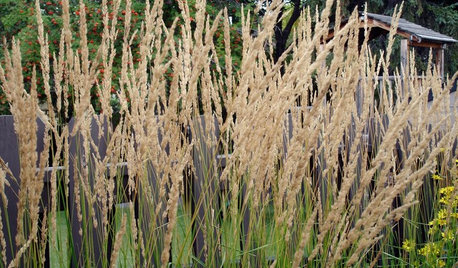
GARDENING AND LANDSCAPING5 Hot Cool-Season Grasses
Chill out this spring with resilient grasses that will kick-start your garden and may just last all year
Full Story0
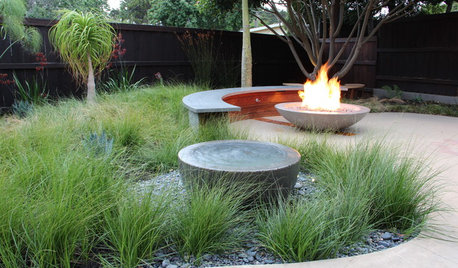
LANDSCAPE DESIGNEnergize Your Landscape With Masses of Grasses
Create year-round interest with waves of attention-getting grasses for all kinds of yards
Full StoryMore Discussions





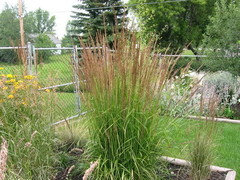
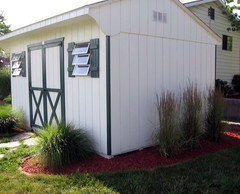
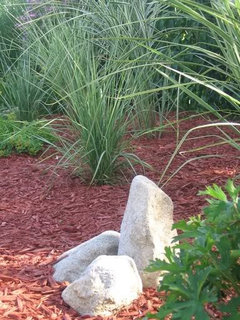

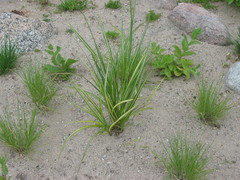
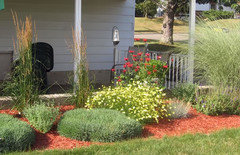


mrmorton